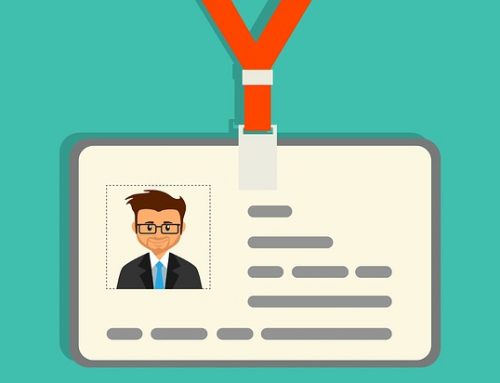Mobile identity checks by fingerprinting
By Roberto Wolfer, CEO, JENETRIC
Nowadays, identity checks by law enforcement agencies are mainly based on ID cards, passports, driver licenses or residence permits. Although taking fingerprints is a standard procedure in law enforcement, the majority of fingerprints are only taken as part of the booking process at the police station. Besides the required legal frameworks, in most cases it has not been possible to take fingerprints on the spot in the past due to technical limitations.
Today battery power, processor performance, cellular networks’ bandwidth and intelligent applications have improved significantly. With the introduction of the latest 5G-mobile technology, the transmission rates of the cellular networks will be the same as those of wired connections.
Just as with the advance in mobile technologies, there has been rapid progress in fingerprint capture technologies as well. Whereas until a few years ago an external power supply and a bulky suitcase or police car were required for transportation and power supply, today’s modern fingerprint scanners can be operated with a laptop, tablet or even a mobile phone.
In combination with a fingerprint scanner the mobile devices essentially have three functions:
Controlling the fingerprint scanner and the acquisition of fingerprints
“Packaging” the fingerprint images, sending them to the AFIS, and receiving the search results
Supplying power to the fingerprint scanner
Today’s powerful mobile phones can easily address these functions and are capable of handling complicated workflows.
For practical use out in the field, the packaging of the mobile phone and the fingerprint scanner is of particular importance. Size, weight and ease of handling are critical factors to consider. The latest fingerprint scanners use new technologies from the display industry to capture fingerprints. These technologies drastically reduce size and weight of the devices, making them well-suited for mobile use.
LIVETOUCH QUATTRO Compact is the latest example of an extremely compact fingerprint scanner. Just as light and small as a piece of chocolate, this scanner provides the same performance in fingerprint quality as conventional fingerprint scanners. The LIVETOUCH QUATTRO Compact has already been certified by the FBI and the German BSI for the capture of flat and rolled fingerprints. Despite its super compact size, the device captures four fingers in one step without the need to rotate the fingers.
With this technology, the capture of ID flats and tenprints can be done on the go for the first time. In other words, the capture of ten flat and rolled fingerprints not only enables the verification of a person’s identity, but also their enrollment. In combination with a mobile device (mobile phone, tablet or laptop), the fingerprints, facial images, tattoos and ID documents of people can be captured on patrol or during major events or raids. With the possibility of recording all ten fingers, not only can a higher matching probability in the databases be achieved, but also the acquisition process is considerably simplified, thus increasing the security of the officer.
Daily handling is not only affected by size and weight but also by the connection between smartphone and fingerprint scanner. From the tethered to the wireless connection, there are various ways to transfer data between the two devices. For a wireless connection a battery powered fingerprint scanner is required, but with a tethered connection the fingerprint scanner is powered by the mobile device. Often the use case and the corresponding legal framework decide on the appropriate design of the connection for data transmission between fingerprint scanner and mobile device.
The LIVETOUCH Flipcase pictured to the left shows an example of a tethered connection between the LIVETOUCH QUATRO Compact and a smartphone. The smartphone is connected to the fingerprint scanner in a docking station. This way there is no cable that could possibly be disconnected or become a safety risk for the officer. The design allows for one-handed operation and the fingerprinted person cannot see the results on the smartphone’s display. When closed, both devices can be transported safely while the mobile phone can still be used to capture faces or documents.



